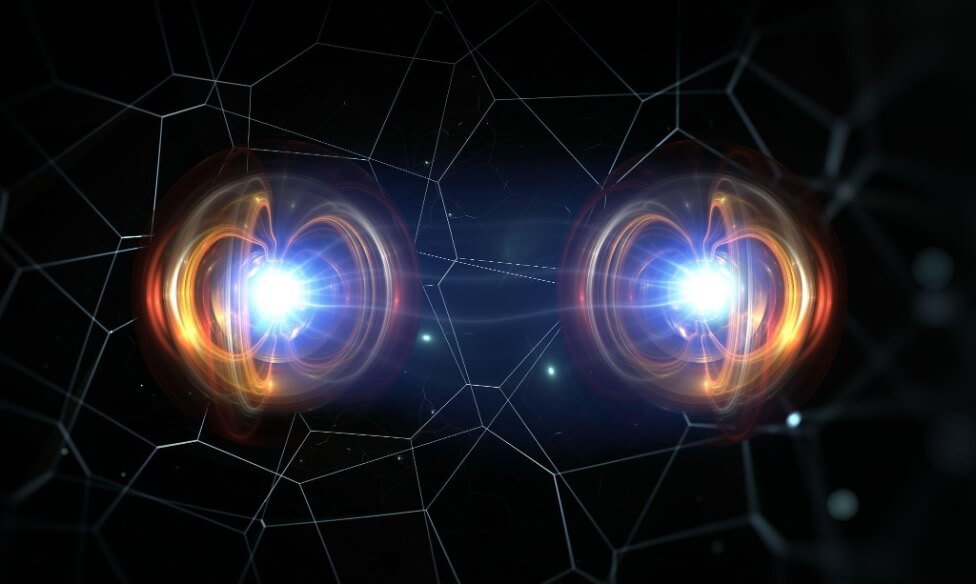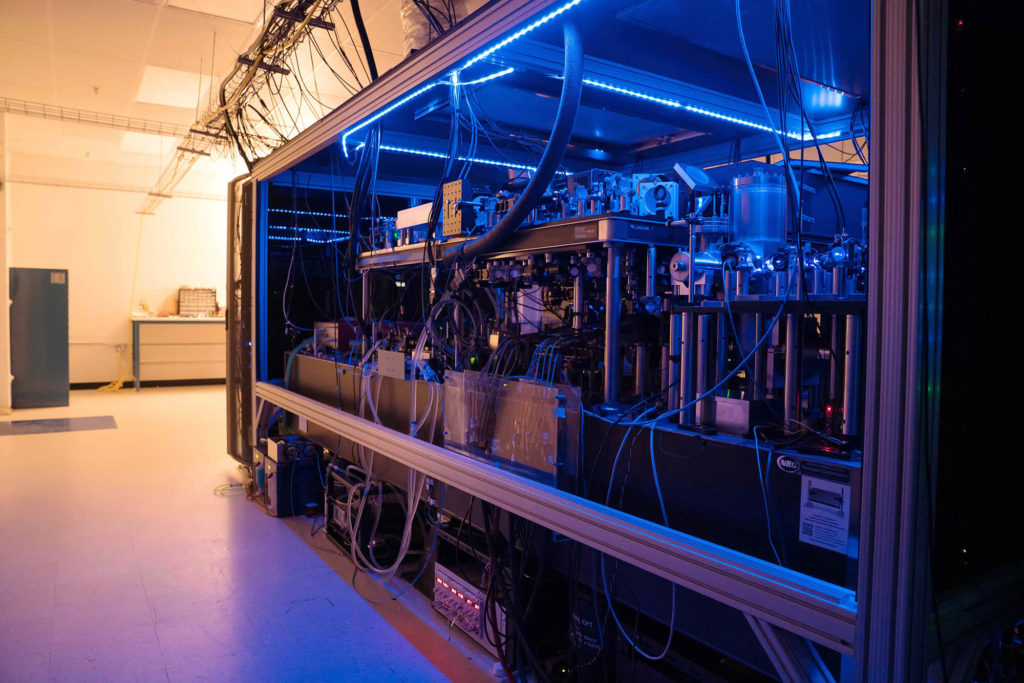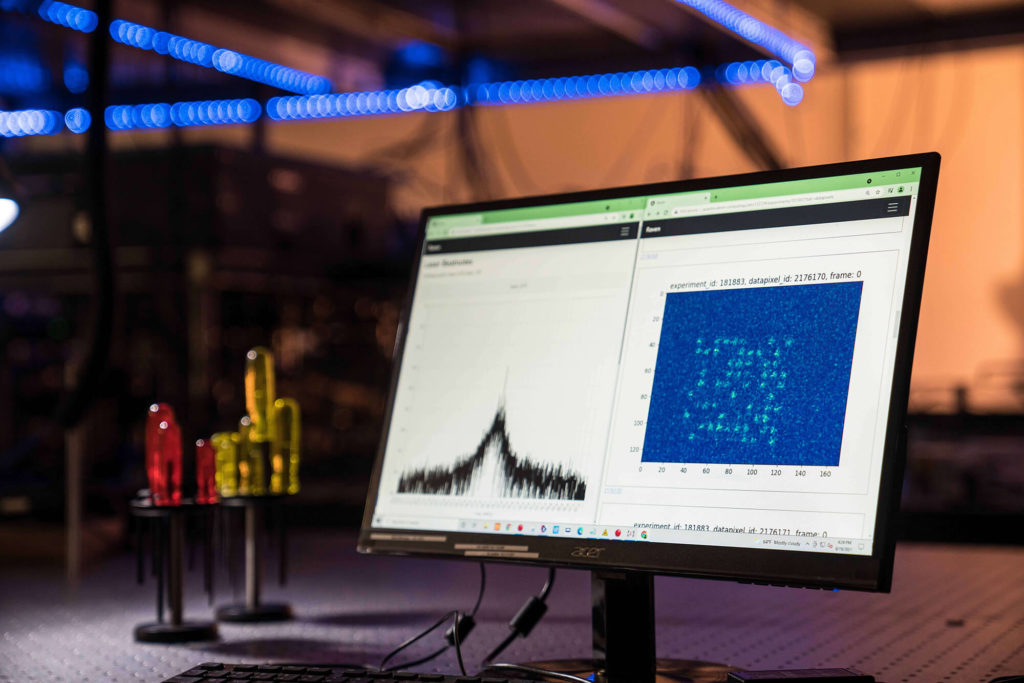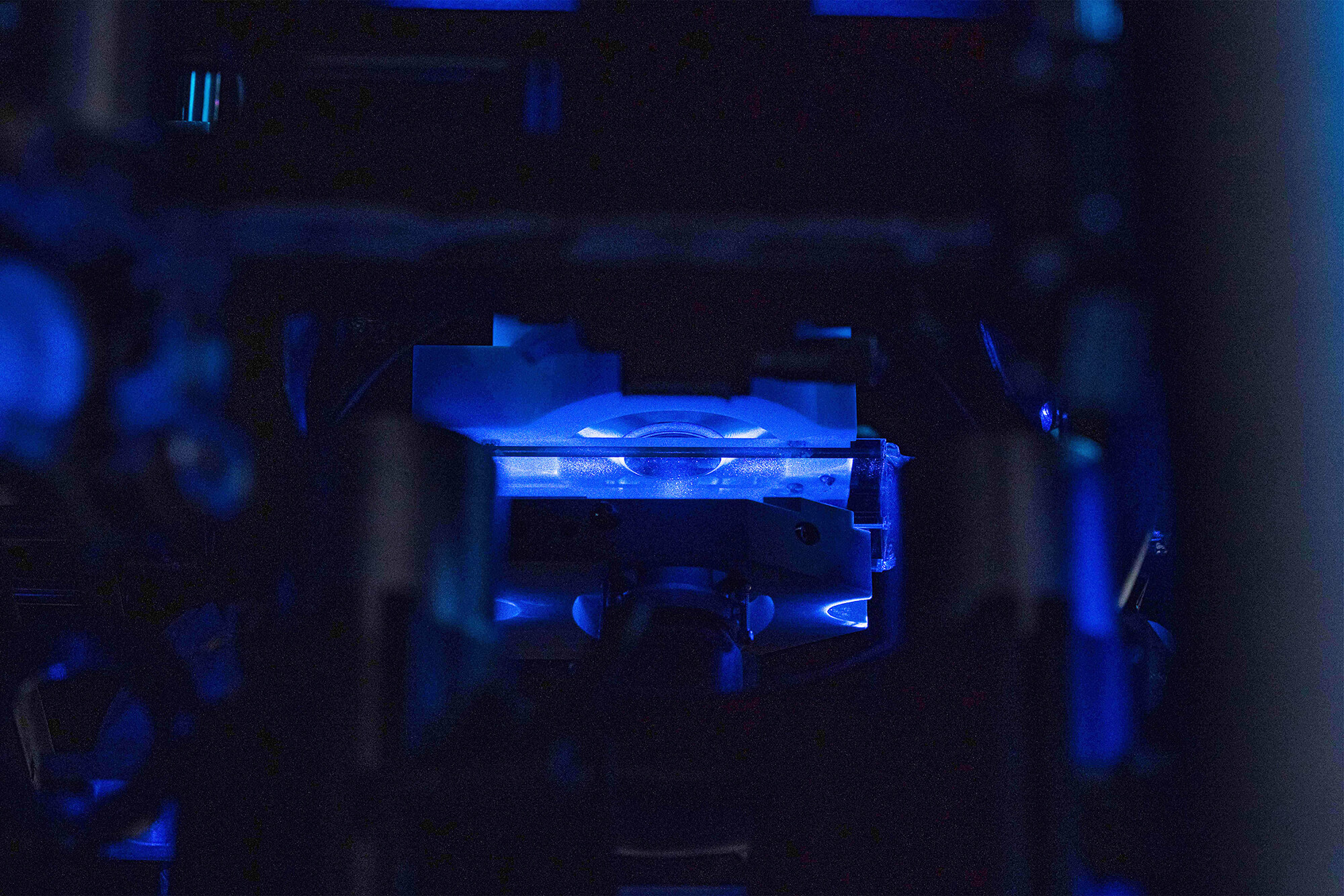
By: Jonathan King, Co-Founder & Chief Scientist, Atom Computing
Imagine a world where researchers could discover a new drug or cure that’s not even possible today due to computing limitations, or where companies dealing with complex logistical challenges could predict, model and simulate new delivery routes in a matter of minutes. How might this be possible one day … fast forward to quantum computing.
Quantum computing is more than a buzz word these days, it’s a technology that is moving into the mainstream consciousness. Stated simply, quantum computing makes use of the properties of quantum mechanics to perform calculations. For certain classes of problems, quantum computing provides a path to solutions that are not feasible to solve with classical computers of any scale, present or future. Quantum algorithms promise to deliver value across a variety of applications. Early adopters of quantum computing range from chemistry to pharmaceuticals, logistics, financial institutions, and more. For example, quantum optimization algorithms can discover more efficient solutions to routing and scheduling problems, while molecular simulations will aid in chemical design and drug discovery.
So how do we take advantage of quantum computing?
In order to enable these applications, a sufficiently high number of quantum bits (qubits) is required. Qubits that are both high-quality (stable, with long coherence times) and have high fidelity (with low error-rates) are the ultimate goal to realizing quantum advantage. Many vendors today are producing qubits leveraging a variety of different technologies, but a path to error-correction is needed to maximize quantum advantage for the future.


The Pathway to Error-Correction
At Atom Computing, our singular mission is to build systems with high-fidelity, scalable qubits capable of performing fault-tolerant, error-corrected quantum computing. Quantum error-correction is the process by which quantum information is redundantly encoded, and errors are detected and then corrected by a classical control system. While significant, and indeed worthwhile, effort is being expended to develop uses for so-called Noisy Intermediate Scale Quantum (NISQ) computers, the truly transformative applications of quantum computing, such as large-scale exact simulations of molecular properties, are expected to require fault-tolerant, error-corrected quantum computers. This outlook underlies our motivation to deliver scalable, high-quality neutral atom qubits.
In order to achieve fault-tolerant, error-corrected quantum computing, a large number of qubits is required. For example, it is expected that each error-corrected “logical” qubit will need to be encoded in thousands of physical qubits in order to enable beyond-NISQ algorithms. These qubits must be highly coherent and will require a scheme to individually control the atoms in order to scale to a large array of qubits. It’s these fundamental requirements that motivated the development of our nuclear spin qubits in optically-trapped neutral atoms.
Nature’s Perfect Qubit
Our qubits are based on strontium atoms trapped in optical tweezers, which are highly focused beams of laser light that attract atoms to the region of highest intensity. In Phoenix, our first-generation quantum system, we can assemble arrays of more than 100 individual strontium atoms by projecting optical tweezers into a vacuum chamber where they trap optically-cooled atoms. Using proprietary radiofrequency-controlled optical systems, we are able to individually control the qubits to perform quantum logic gates. Given the wireless nature of the optical manipulation and the relatively small size of the atom arrays (the spacing between atoms is a few microns), we believe our neutral atoms provide a path to larger-scale quantum computers.

Nature’s Building Blocks for Error-Correction
Coherent qubits are a necessity for high-fidelity qubit operations. An error-corrected quantum computer requires operations beyond quantum logical gates. Mid-circuit measurement, error syndrome extraction and decoding, and active feedback all require time during which the qubits must preserve the quantum information.
By encoding a qubit in the angular momentum state of the strontium-87 nucleus, we produce qubits that are intrinsically insensitive to environmental fluctuations. The qubit resides in the electronic ground state of the atom, avoiding lifetime limitations due to spontaneous decayThe qubit state is essentially unperturbed by the optical tweezers, enabling remarkable isolation which results in coherence times of 42 seconds*.
Analogous to classical computers, at the most basic level a quantum algorithm is a series of gates, which are discrete operations that manipulate the state of the qubits. Logical gate fidelity is limited by the ratio of the time it takes to perform a gate to the coherence time. With coherence times approaching a minute, optimizing this ratio is readily achievable, and qubit lifetime will not be a limiting factor in achieving fidelities above the threshold required by error-correction codes.
With neutral atoms as the building blocks for large-scale quantum computers, Atom Computing and their customers will jointly develop solutions to problems that have been previously intractable.
To learn more about Atom Computing’s first-generation system, Phoenix visit our website. For more information on our qubits, read our technical paper on the Arxiv.